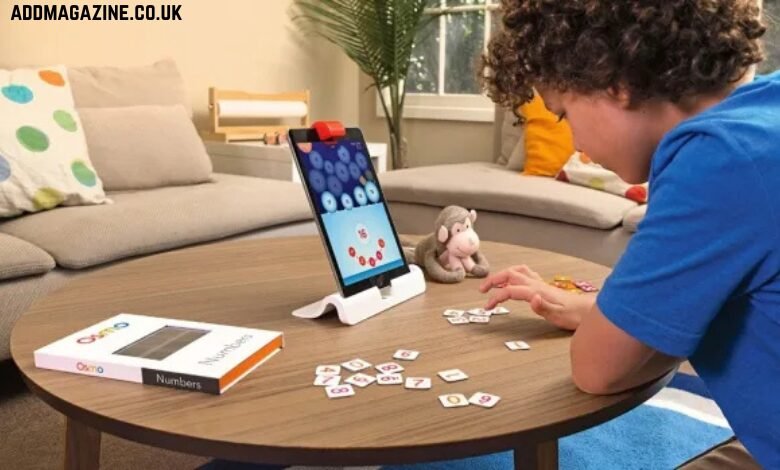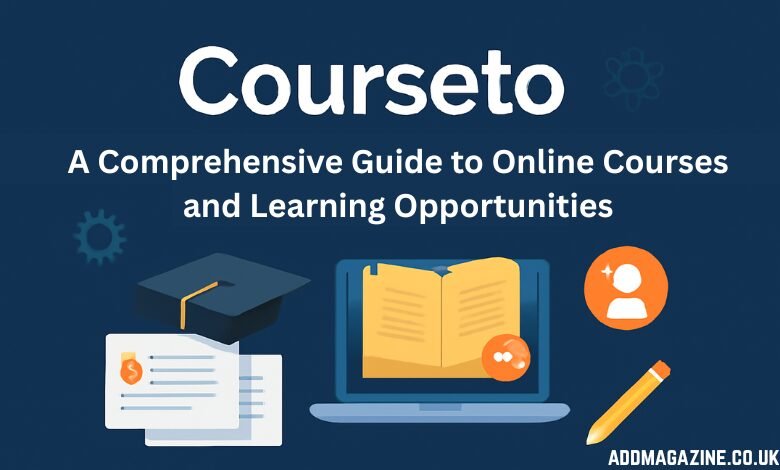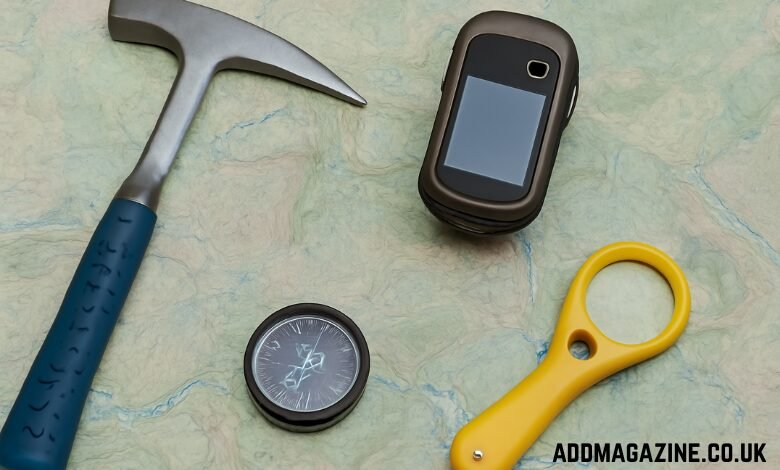In the digital age, safe phone for kids have ceased to be communication and entertainment devices only, and they are now also effective learning devices.
Using the appropriate educational applications, children will be able to make screen time into skill time where they can discover math, science, reading, and creativity, among others, in an interesting manner.
Such applications make the learning process enjoyable, interactive, and age-related, so that children can acquire necessary skills as well as be entertained.
1. Khan Academy Kids
One of the most complex and free learning apps that is offered to children between 2 and 8 is Khan Academy Kids. It includes reading, math, problem-solving, and emotional learning based on interactive lessons and entertaining animations. The app is customized for a kids phone, and thus, learning becomes an attainable experience. The parents are also able to monitor the performance and progress of the child.
Why it is great: It is totally free, there are no adverts, and, lastly, it is created by reputable educators.
2. ABCmouse
ABCmouse provides a complete web-based curriculum to children between 2 and 8. It has more than 10,000 activities, which involve reading, math, science, and art. The application follows a learning journey that gives a reward through tickets and virtual prizes as they move through the gam, encouraging children to learn.
Why it is great: It is well well-organized curriculum and progress monitoring, which makes it suitable for early learners.
3. Duolingo ABC
This app was created by the makers of Duolingo and is aimed at young learners to master reading and writing with the help of interactive mini-games. Duolingo ABC presents phonics, vocabulary, and sentence structure in an engaging way, which is ideal in the case of preschool and kindergarten-aged kids.
Why it is great: It is free, easy to use, and promotes regular learning in short intervals.
4. Prodigy Math Game
Prodigy makes the process of practicing math a game. Children are able to solve mathematical problems to advance in quests, fight monsters, and receive rewards. The application modulates the level of difficulty depending on the grade and performance of a child and is, therefore, entertaining and educational.
Why it is great: It is great because it brings the excitement of games with the learning of math in a secure environment.
5. YouTube for Cell Phone for Kids(Educational Channels)
Although YouTube Kids provides entertainment, it has an infinite amount of educational channels such as Crash Course Kids, National Geographic Kids, and TED-Ed. Parents can use guarded profiles and restrict the screen time, and allow them to read the issues of their interest.
The reason it is great: Educational videos on various issues can be accessed free of charge.
6. Toca Boca Series
Toca Boca applications are centered on creativity, imagination, and role-playing. The games such as Toca Kitchen, Toca Life: World, and Toca Nature allow the children to experiment, create, and explore scenarios freely. Not academic per se, but they facilitate problem-solving and creativity, which are as important skills as those learned in a classroom.
Why it is great: Play-based learning promotes creativity and free thinking.
7. BrainPOP Jr.
BrainPOP Jr. breaks down complicated subjects into brief cartoon videos and quizzes. Some of the subjects are science, social studies, English, and arts. It is ideal with a child of 5-9 years who is a visual learner.
What is so amazing: Great animations that simplify difficult topics.
FAQs
1. Are educational apps safe for kids phones?
The privacy of most decent educational apps is tight and has no advertisements. Nevertheless, to have a safe experience, parents are always expected to provide their age ratings and exercise caution in the use of the apps.
2. How much screen time is healthy for kids phones?
Scholars suggest that the amount of recreational screen time should be restricted to approximately 1-2 hours a day. This time can be incorporated with educational applications, provided there is a balance between physical and offline activities.




